Create a buzzing hub of activity for bees, butterflies, and birds right in your own garden with native plants. Our guide equips you with the essentials to establish a thriving pollinator garden, highlighting its critical role in safeguarding our ecosystem. We’ll help you select the right plants, design your native plant garden, and maintain a healthy environment for a variety of pollinators, paving the way for a more biodiverse and sustainable future.
The Essentials of a Pollinator Garden
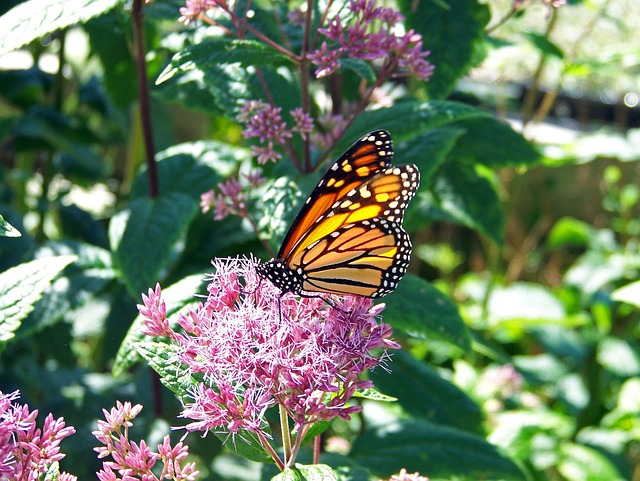
For those who enjoy vibrant flowers and bustling wildlife, a pollinator garden may be just the thing. This type of garden is not only visually appealing but also strategically planted with mostly nectar or pollen-producing plants to attract a diverse range of pollinating insects such as bees, butterflies, moths, birds, wasps and bats. These gardens provide essential nourishment and shelter for these vital creatures, which aids in their survival.
To create an effective pollinator garden one must incorporate key elements like host plants that support butterfly/moth larvae growth, wind shelters provided by shrubs fences or hedgerows, as well as a variety of flowering plants offering both pollen and nectar sources. Beyond aesthetics, this plays an important role in supporting biodiversity while contributing to food production through necessary plant cross-pollination, resulting in fruits nuts vegetables etc.
In summary, the main components crucial for creating successful outcomes are within 3 categories: attracting various types of beneficial insect species (pollinators); maintaining caterpillar-friendly areas via appropriate foliage/vegetation feeding spots, & places conducive to safe nesting/pupating processes for young wildlife. When choosing plants, you'll want to take note of how factors impact gardening e.g. frosty mornings, windy conditions vs days blessed with sunlight. If you choose truly native plants, they will be adjusted to the local weather, soil moisture, and wildlife.
Defining a Pollinator Garden
A pollinator garden is a purposely designed garden that aims to attract and support pollinators. While any type of garden can naturally draw in these important creatures, a true pollinator garden includes specific native plants chosen for their ability to provide sustenance and refuge for various types of pollinators.
This type of specialized gardening provides essential sources of pollen and nectar necessary for the survival not only of individual organisms, but also the entire ecosystem through plant reproduction via pollination. A successful outcome is achieved by selecting diverse native plants with consideration towards meeting the unique needs of indigenous species known as native pollinators within this carefully planned space.
The Significance of Pollinators
It is important to understand the significance of pollinators, as they play a crucial role in plant reproduction by aiding in pollen transfer between male and female parts. This process leads to fertilization and the development of seeds and fruits. Their impact extends beyond just this function. Pollinators include ants, bats, bees, beetles, birds, butterflies, and flies.
Selecting the Right Plants for Your Pollinator Garden
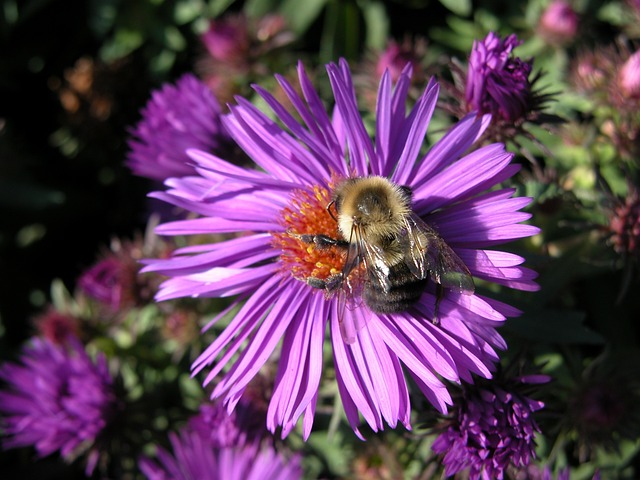
One of the key factors in creating a thriving pollinator garden is carefully selecting suitable plants. The primary consideration for plant suitability lies in their nectar and pollen content, as these substances are vital food sources for various pollinators.
To provide sustenance through nectar and pollen, certain native flowering plants also serve as larval host plants. These species, such as milkweed, which supports monarch butterflies’ complete life cycle by feeding caterpillars during their development stage, play an essential role in maintaining a diverse ecosystem within the pollinator garden. It is important to include native flowers that offer abundant nectar and pollen-rich varieties along with appropriate larval host plants when aiming to create a successful habitat for different types of bees, butterflies or other essential pollinating insects.
Native Plants vs. Invasive Plants
When creating a pollinator garden, it’s essential to prioritize native plants over invasive ones. Native plant species are those that occur naturally in your region and have evolved over thousands of years within its specific ecosystem. They possess the necessary adaptations to thrive in local soil and climate conditions, making them attractive for local pollinators who have coevolved alongside these plants.
Some examples of suitable native plants that can attract pollinators include milkweed, coneflowers, bee balm, goldenrod, and black-eyed Susan. By incorporating these into your pollinator garden design, you will not only provide food sources for local wildlife, but also contribute to maintaining biodiversity in your area.
In contrast, invasive non-native plant species can outcompete native flora and other introduced vegetation for resources such as water or sunlight. This disrupts the balance of ecosystems by reducing populations of important decomposers and herbivores. In turn, this negatively impacts the survival rates of certain insects responsible for pollination activities.
Therefore, it is crucial to carefully choose which plants to incorporate into your pollinator garden. While native plants support local pollinators and help maintain healthy ecological systems, the introduction of invasive species can potentially harm the species. Some common examples include purple loosestrife, Japanese knotweed or kudzu, or even invasive butterfly bush. These introduced species spread quickly, often strangling or crowding out native resources, reducing biodiversity and negatively impacting wildlife populations. As stewards responsible for nurturing our natural environment, it is important to be conscious about the selection of foliage options when creating a pollinating habitat. Growing environmentally friendly gardens with native species helps to support ecological balance and often looks just as magnificent!
Nectar and Pollen Rich Varieties of Native Plants
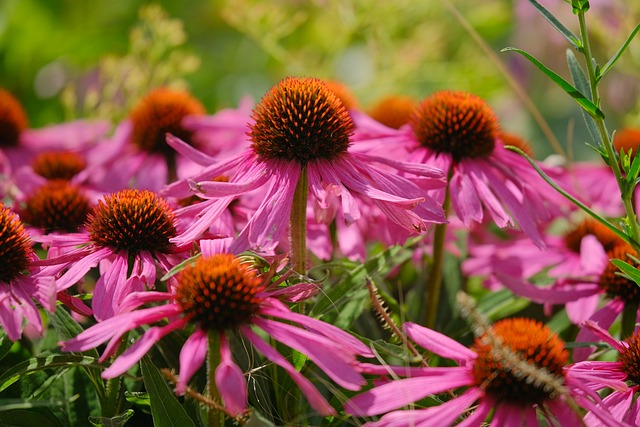
Nectar and pollen are essential resources for pollinators, providing them with energy and vital nutrients like proteins and fats. Some of the most highly preferred plants by pollinators that offer abundant nectar and pollen include milkweed, bee balm (monarda), salvia, and coneflower.
These plant varieties bloom consistently throughout the growing season, making them reliable food sources for pollinators. By offering a diverse range of blooming periods in different seasons, these plants ensure an ongoing supply of nourishment for their tiny visitors.
Larval Host Plants
The presence of appropriate host plants is crucial for the development and survival of pollinators in their lifecycle. These plants not only serve as a suitable location for female insects to lay eggs, but also provide essential nourishment for larval growth into adult pollinators. Some recommended species commonly found in pollinator gardens include milkweed, parsley, dill, fennel, asters, different types of trees and native shrubs among others.
Designing Your Pollinator-Friendly Garden
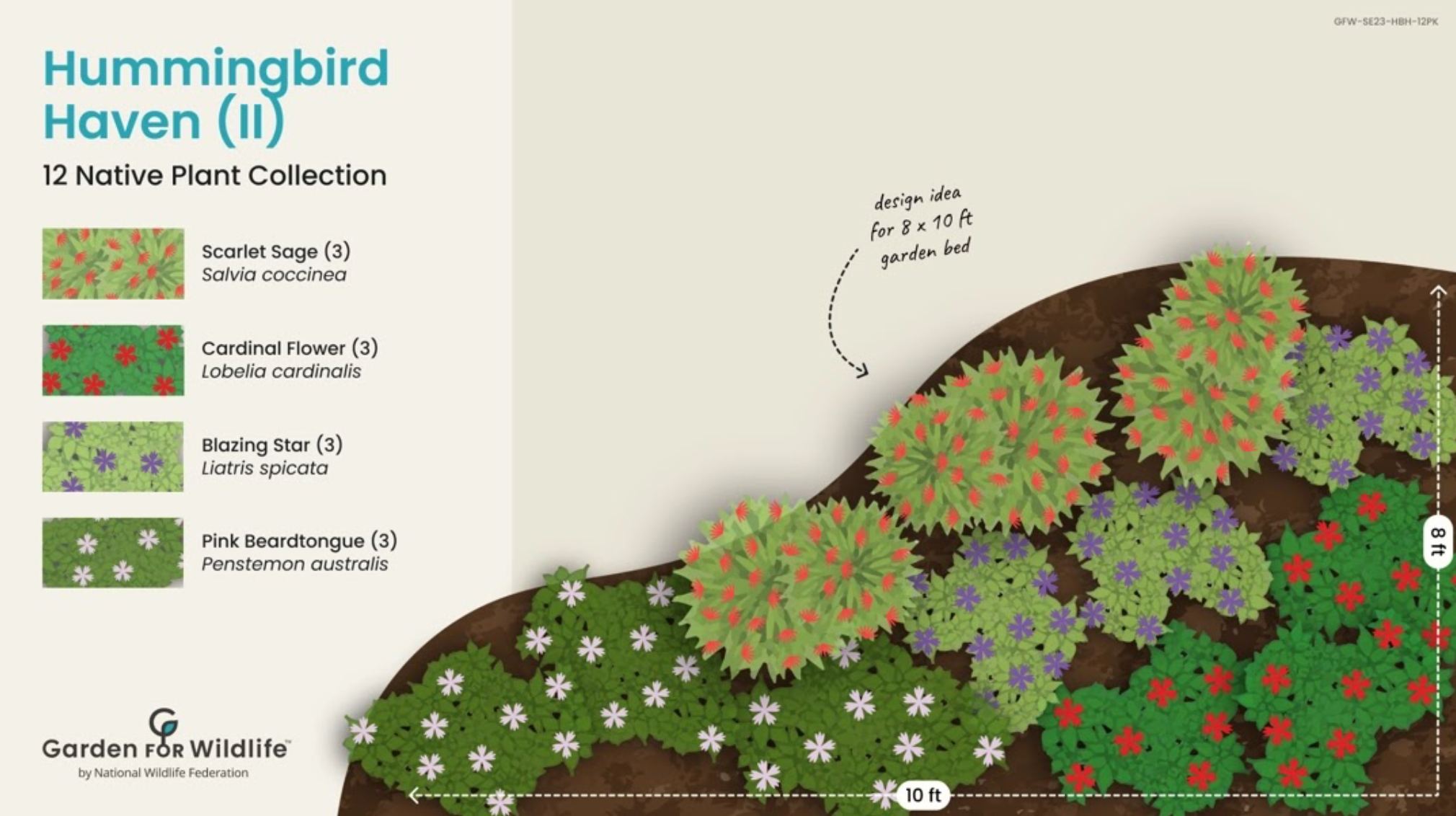
The ideal design for a pollinator garden not only has aesthetic appeal, but also serves as an attractive habitat for pollinators. The key to achieving this is by including various plants that blossom at different times throughout the year in order to provide a continuous supply of nectar and pollen. Clustering these plants together based on species can help guide pollinators towards their preferred flowers more easily.
To incorporate different types of flowering plants, native grasses and shrubs should be included in the garden’s layout. These elements offer resting areas and spaces for wildlife to raise young, which are essential for supporting healthy populations of pollinators. It is crucial to consider all aspects when creating an inviting environment that meets both the practical needs of our winged friends while adding beauty through carefully selected groupings within your own personal paradise.
If design feels out of your reach, don't forget all of our native plants and collections come with a suggested garden design layout for best results.
Native Plant Diversity and Arrangement
The composition and variety of plants in your pollinator garden can have a significant impact on its appeal to pollinators. By having an assortment of flowers with different characteristics such as size, shape, color, height and growth pattern, you can provide ample resources for a wider range of pollinating species. Don't forget to also include plants that bloom at different times to be sure you're providing food throughout the seasons. For example, early bees will need spring blooming native plants like golden Alexander. Or many goldenrod species will bloom late into fall!
To diversity in plant selection, the arrangement also plays a crucial role. Clustering together similar types of flowers helps pollinators locate their preferred sources more easily while increasing the likelihood that they will visit other flowers within the same species. This encourages successful pollination throughout your garden’s flowerbeds.
Establishing a Healthy Environment for Pollinators
Developing a vibrant pollinator garden goes beyond simply planting suitable flowers. It involves establishing a thriving environment for pollinators. This includes incorporating water elements, being cautious with pesticide use, and preserving dead trees and branches as natural shelters. Each of these components contributes to creating a garden that not only provides sensory delight but also supports the life cycles of crucial pollinators.
Water Features for Pollinators
Water is crucial not only for human survival, but also for the well-being of pollinators. In order to provide them with necessary water sources, a variety of wildlife-friendly water features can be incorporated into gardens such as ponds, bird baths, stone basins and fountains. Natural elements like streams and creeks as well as man-made rain gardens can serve this purpose.
To attract pollinators effectively in a garden setting, it is important to regularly maintain these water sources and place them near plants that are currently flowering. This will encourage their presence and promote a healthy ecosystem within the garden environment.
Stop Using Pesticides
The quest to control pests has often led to the widespread use of chemicals and pesticides. However, there's a more natural and eco-friendly approach: native plants as pest control. These indigenous wonders have evolved alongside local pests and have developed their own ingenious ways of deterring them.
While it may be tempting to resort to pesticides in order to maintain a pest-free garden, caution should be exercised when using these chemicals. Pesticides have negative impacts on pollinators by hindering their ability for learning and foraging, weakening their immune responses, and even causing fatalities.
By choosing plants that have developed natural defenses against local pests, you can reduce the need for chemical interventions and create a garden that thrives in harmony with its environment. Embrace the resilience and wisdom of native plants, and watch as they help keep your pollinator garden healthy and pest-free, all while providing a sanctuary for local wildlife.
Dead Trees and Branches as Natural Habitats
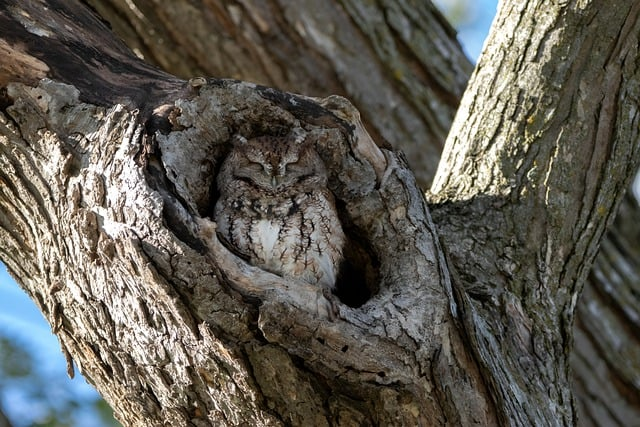
Although often viewed as unsightly, dead trees and branches can actually serve a valuable purpose in your garden. These features act as important habitats for pollinators by providing perching spots for songbirds and attracting insects that are essential food sources for various wildlife species. They offer shelter to creatures like butterflies, moths, bats, and lizards.
Incorporating these natural elements into your garden not only adds visual interest but also supports the lifecycles of different types of pollinators. By preserving dead trees and branches instead of removing them from our gardens, you can create a diverse ecosystem that benefits both plants and animals alike. So next time you spot an old tree or broken branch in your backyard, give it some thought before getting rid of it - it may just be playing an important role in sustaining local pollinator populations!
Partnering with Nature: Maintenance Practices for Pollinator Gardens
Caring for a pollinator garden goes beyond basic tasks such as watering and weeding. It involves working together with nature to establish a flourishing ecosystem. By following seasonal maintenance routines and inviting helpful insects, the goal is to develop a garden that sustains pollinator populations and highlights their vital role in our environment.
Seasonal Garden Care
Like any traditional garden, tending to a pollinator garden involves some seasonal upkeep tasks. In the hot and dry summer months, it’s vital to consistently water the plants in order for them to stay well-hydrated. During spring and fall when there is more precipitation, the watering schedule may be reduced.
Another maintenance task can include mulching - covering the soil with natural materials like leaves, untreated grass clippings or pine needles can greatly benefit pollinator gardens.
Attracting Beneficial Insects
Pollinator gardens can benefit from the presence of helpful insects, such as ladybugs and lacewings. These creatures play a key role in controlling pests and maintaining a healthy ecosystem within the garden. Ladybugs are natural predators that feed on harmful pests like aphids and mites, while lacewings’ larval stages act as effective hunters for soft-bodied insects.
Attracting these beneficial insects to your garden is easy - simply allow plants like carrots, fennel, and alyssum to bloom. Not only do these flowers provide nourishment for pollinators, but they also serve as an incentive for them to visit your garden regularly.
Resources and Support for Pollinator Gardeners
As you begin your journey as a pollinator gardener, know that you are not alone. There are many helpful resources and support available to guide you along the way, such as the National Wildlife Federation, Garden For Wildlife, local growers, community initiatives, and our growing online community. These valuable sources can assist with everything from initial planning to ongoing maintenance of your garden, equipping you with all necessary tools and knowledge for creating a successful pollinator garden.
National Wildlife Federation Certified Wildlife Habitat®
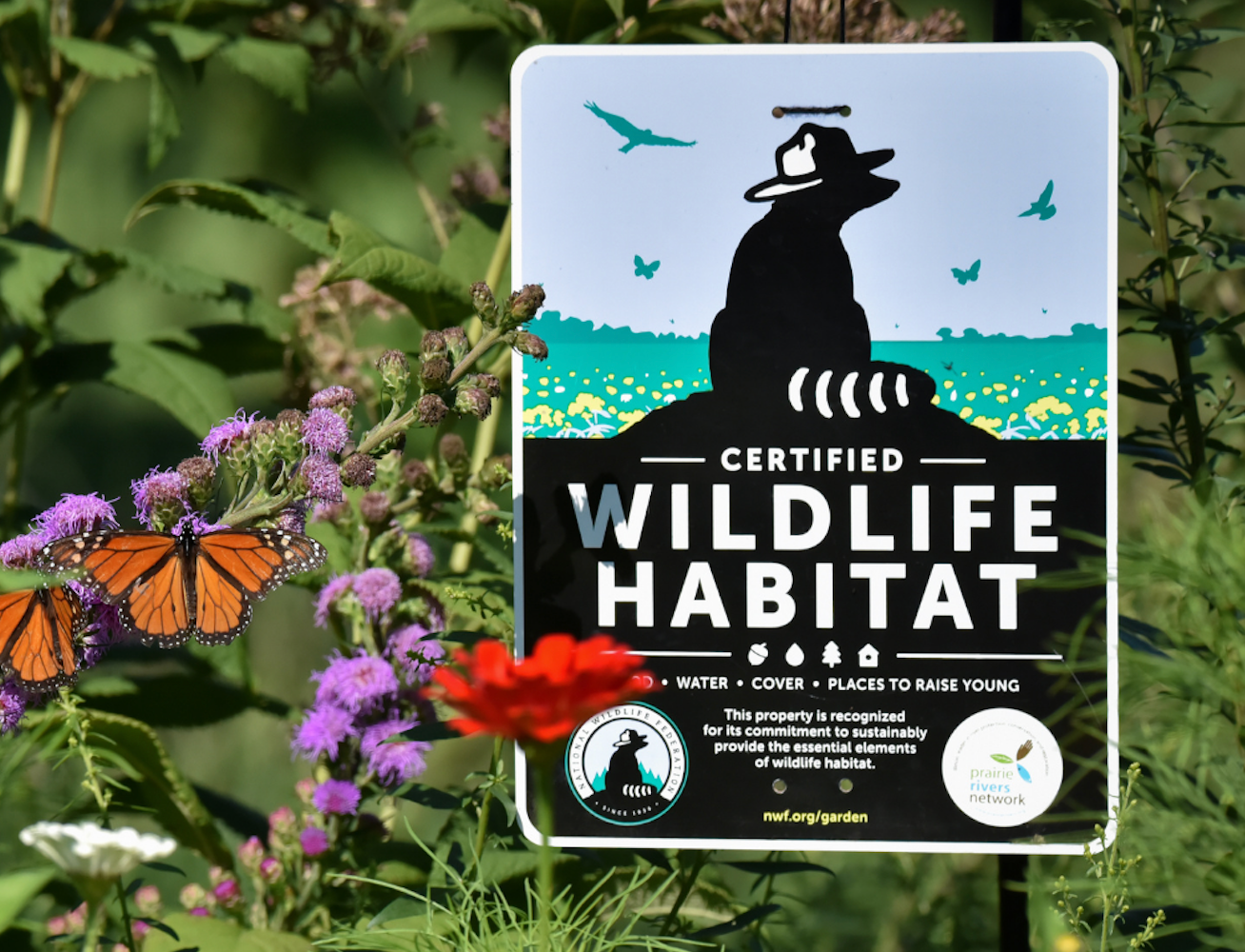
Along with the National Wildlife Federation, we're on a mission to certify gardens and landscapes in support of pollinators as Certified Wildlife Habitats. They offer various resources, such as plant lists, handouts, lesson plans, and training guides for individuals looking to create attractive pollinator gardens that include both flowering plants and vegetable garden spaces.
By promoting initiatives like the National Wildlife Federation Certified Wildlife Habitats, we aim to assist people in cultivating native trees and flowers that are beneficial for nourishing pollen and nectar-seeking pollinators. Their online materials provide helpful guidance on how to maintain these types of gardens while also educating individuals on the importance of supporting pollinators through planting flowers.
One key focus is encouraging the use of native flowering plants along with providing educational resources aimed at creating thriving environments for important insects and pollinators like bees and butterflies.
Local Growers and Garden Centers
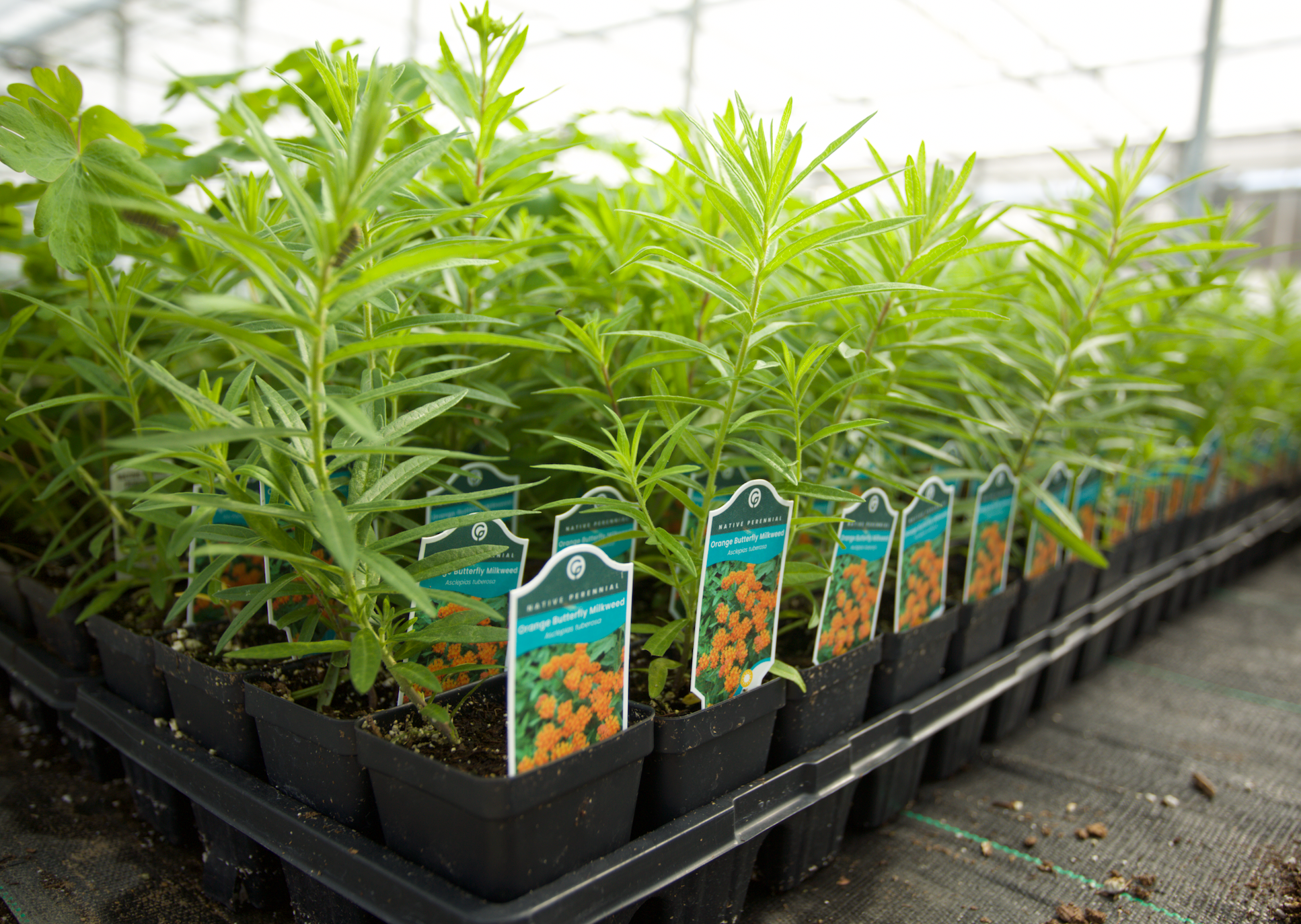
Finding the right plants for the right place can be a challenge, with a limited percentage of native plants available to consumers nationwide. While there are many local resources and websites to discover native plants for your area, it takes time to understand what works for your site and gardening goals.
Plants in the marketplace primarily support widely common species and not necessarily the highest numbers of butterflies, native bees, and birds.
Most gardening centers do not have the supply of wildflowers needed to make a difference. To provide the scale of native plants required to meet wildlife need, Garden for Wildlife relies on a network of accredited growers to put the curated plant collections in production by region.
Garden for Wildlife has established a list of conditions/requirements that a grower must satisfy to be considered as an “accredited grower” for the National Wildlife Federation. These include the following:
-
Sustainable practices in place, e.g. does not use systemic chemicals on Garden for Wildlife™ line of plants.
-
Experience growing native local ecotype species to ensure diverse plant communities that meet conservation, biodiversity requirements.
-
The space and systems to grow and sort mass plugs/starter plants for collection assortments for Garden for Wildlife™ plant collections.
-
Capacity to safely pack and prepare plants for shipment in their designated region.
To provide an array of suitable plant options, be sure to find organizations that are knowledgeable about pollinator gardens, wildlife habitats, and native plants and local wildlife.
VIDEO: Our Growers & A Native Plant's Journey To You
Community Initiatives and Educational Materials
Participating in community initiatives provides an opportunity to connect with other gardeners focused on pollinators and make a meaningful contribution. These efforts can include:
-
Encouraging local government or leaders to join conservation efforts like the Mayors' Monarch Pledge
-
Collaborating with local gardens to introduce plants that support pollination. Learn more and apply for our native plant garden donations.
-
Advocating for urban farms
-
Taking part in citizen science projects
-
Providing resources for students, school gardens and educational events. Through hands-on activities related to environmental concepts and concerns involving pollinators, students can gain a better understanding while also being actively engaged. Don't forget about our native plant fundraising, and you could earn your own pollinator garden!) for your school, PTA or nonprofit.
Frequently Asked Questions
What qualifies as a pollinator garden?
A pollinator garden is a type of garden that is purposely planted with flowers known for producing nectar or pollen to attract and provide sustenance for various insects, commonly referred to as pollinators. These gardens can range in size and may even be found on small balconies or patios. The focus of these gardens are specific plants chosen specifically based on their ability to produce nectar and pollen needed by the pollinating species it aims to bring into its environment.
The National Wildlife Federation Certified Wildlife Habitat® program requires 5 essential elements: food, water, cover, places to raise young, and sustainable practices. A balanced Certified Wildlife Habitat supports the above elements with goal of 50-70% native plants that provide multi season bloom and are free of pesticides and neonicotinoids.
How do you create a pollinator garden?
To establish a garden for pollinators, it is essential to begin by gathering information on the local pollinator species. Then select an appropriate location for your garden and choose plants that are native to the area. Prepare the soil before planting and make sure there are sources of water available in or near your garden. Consistent maintenance is crucial for a healthy pollinator-friendly environment.
Continue with your efforts to aid and nurture our precious pollinators by creating a diverse array of native plants in your carefully tended wildlife gardens.
What are the best pollinators for gardens?
Gardens can benefit greatly from a variety of pollinators, such as butterflies, bees, and hummingbirds. Moths and certain insects also play crucial roles in the process of pollination. Other natural factors like wind and even bats are important contributors to this essential process.
How can I help my garden pollinators?
In order to support pollinators in your garden, it is recommended to cultivate a diverse selection of native plants that provide blooming flowers throughout the year. Plant these species in grouped areas for convenient access by pollinators. Refrain from using pesticides and educate others on the significant role of pollinators in our ecosystem.
What time of year should I plant my pollinator garden?
Many people think spring is the best time to plant for pollinators, but fall is also a great time to plant! With our established plants, we make it easy to grow in any season, but would advise against planting in the hottest time of summer, or during any frost period.
